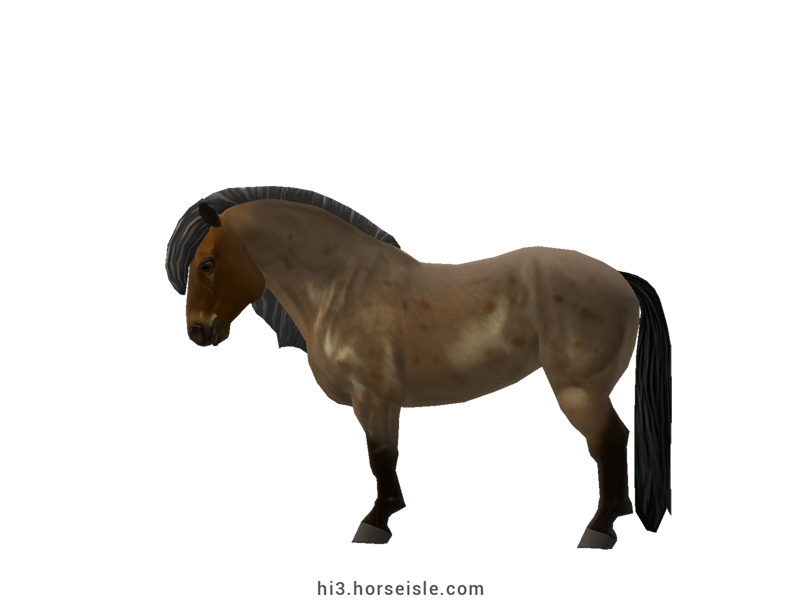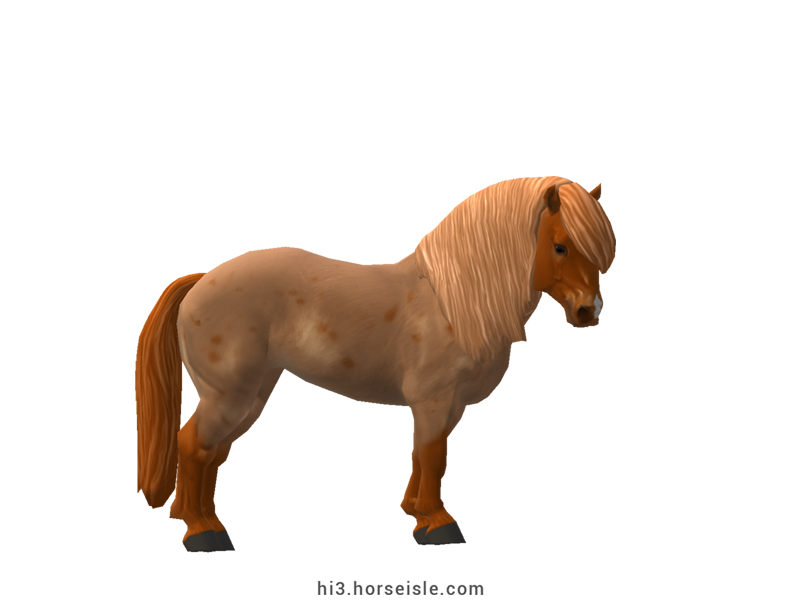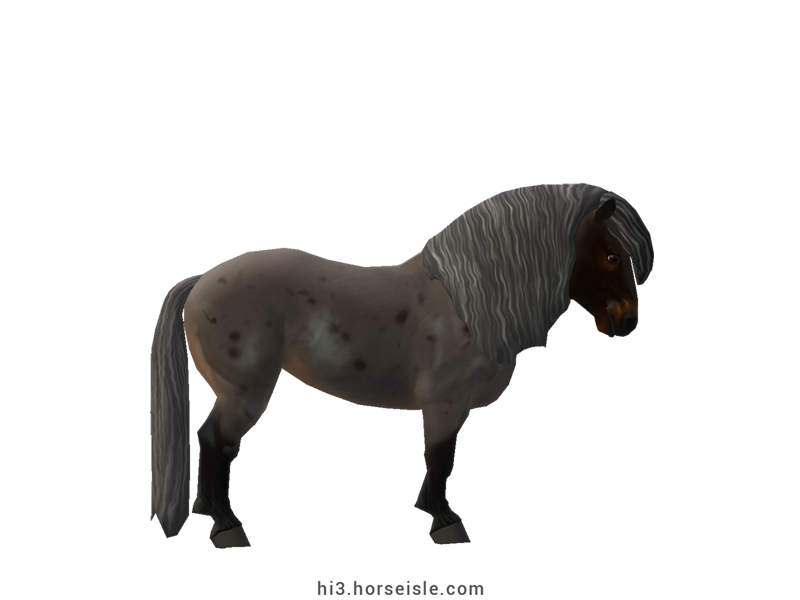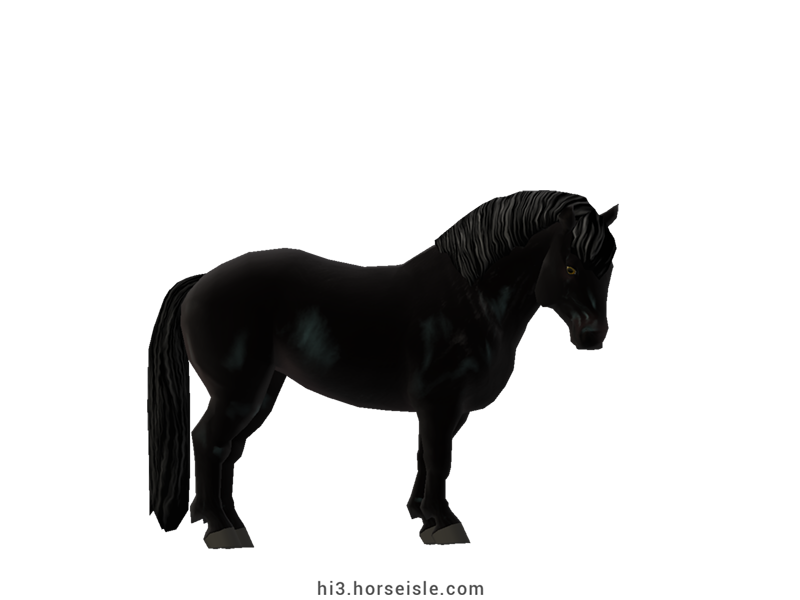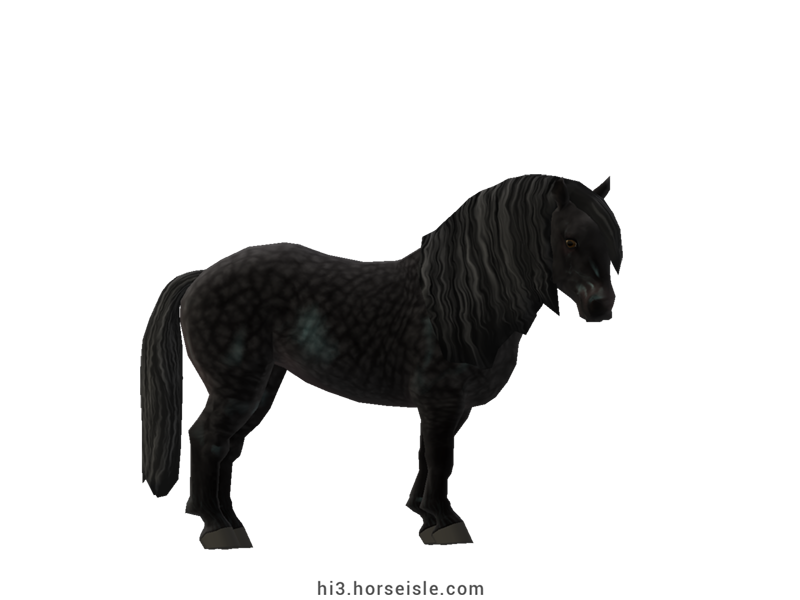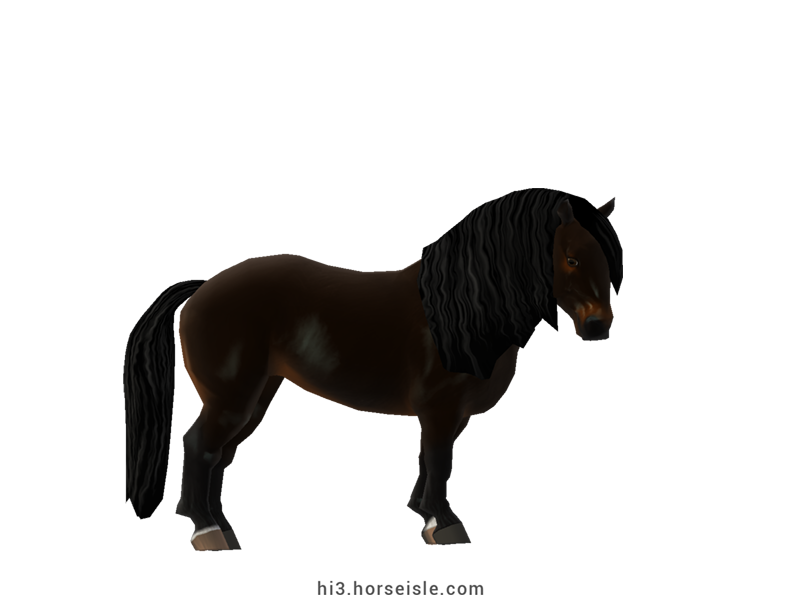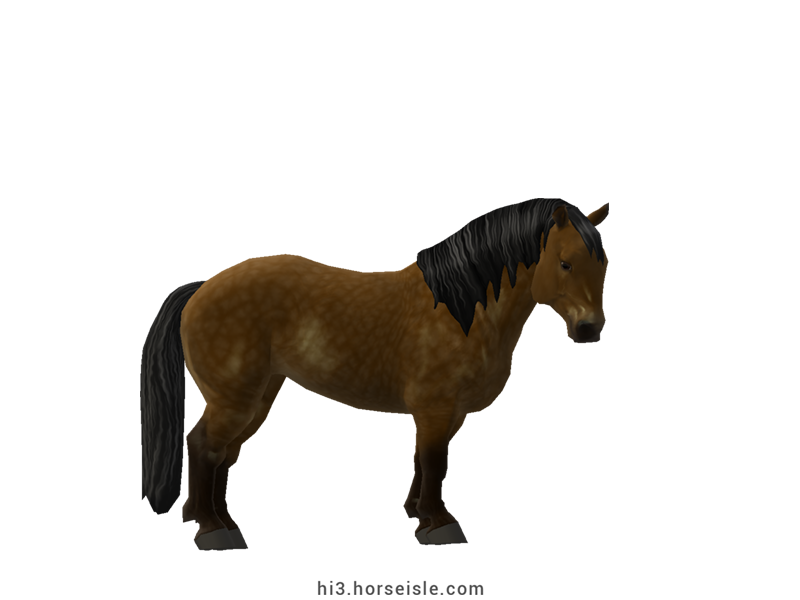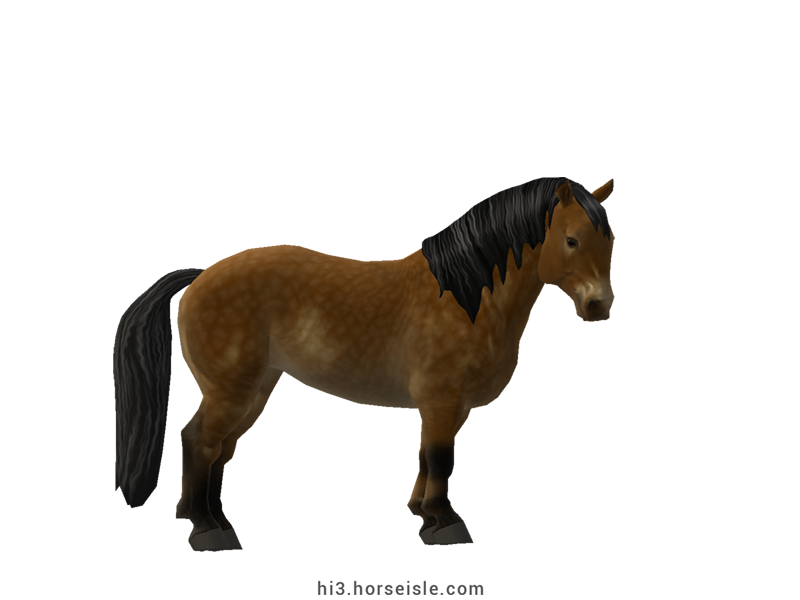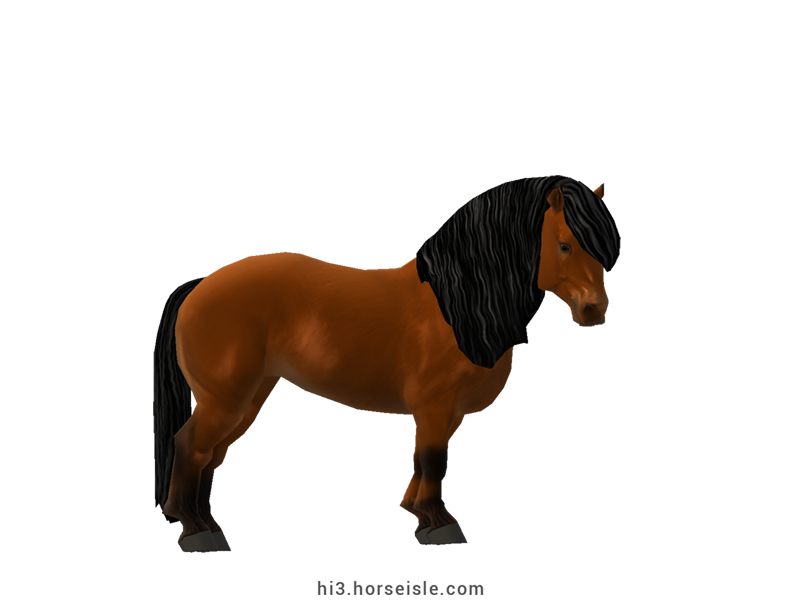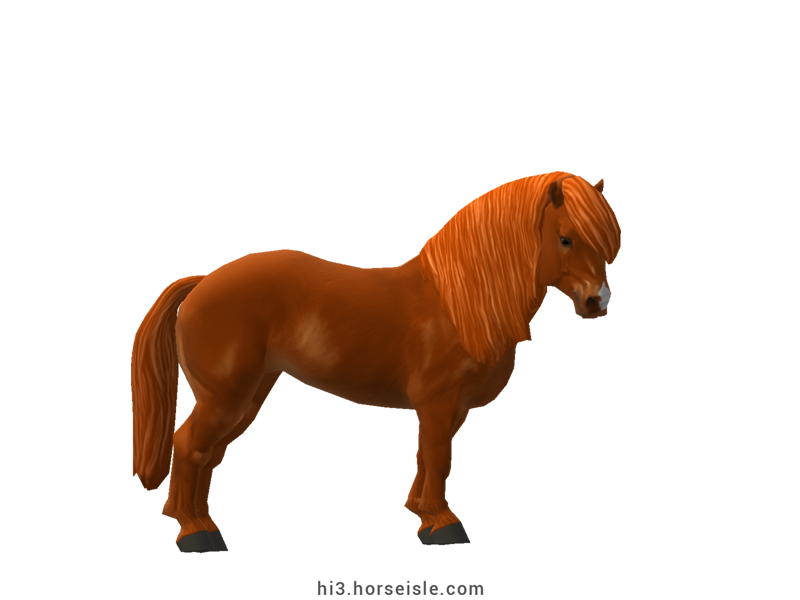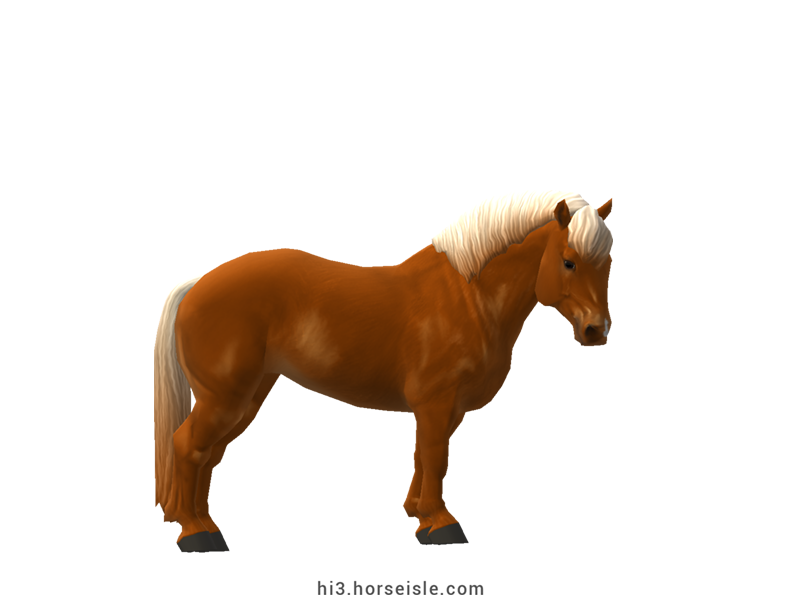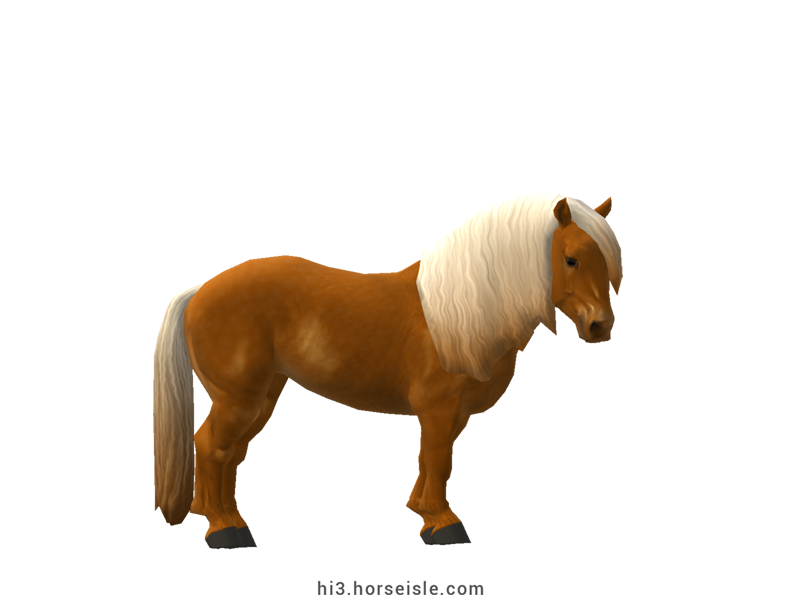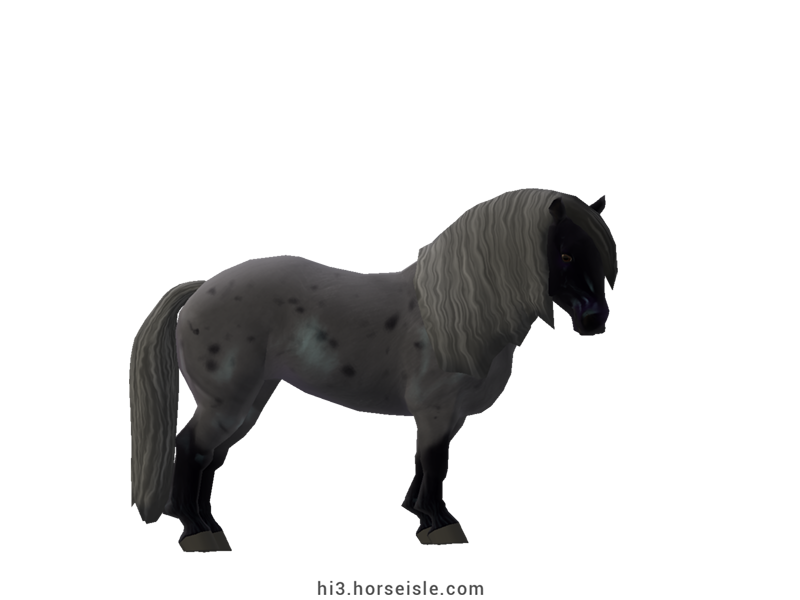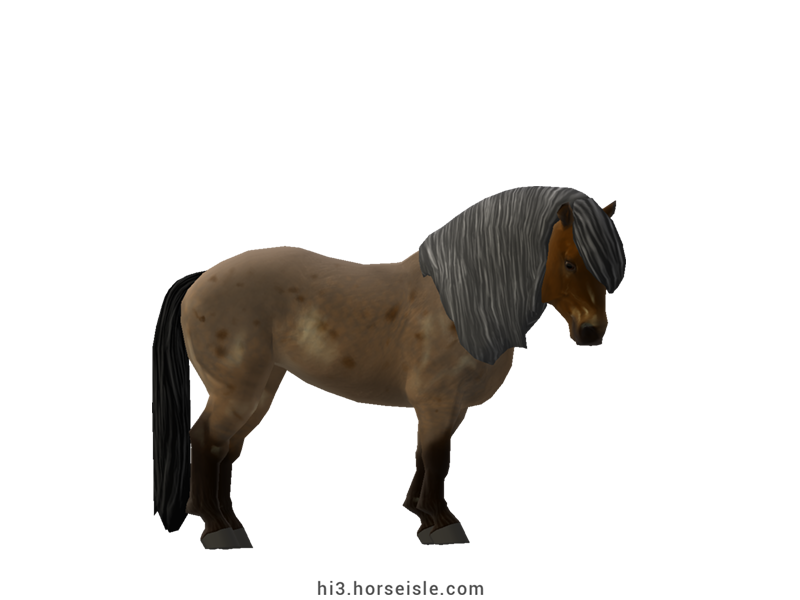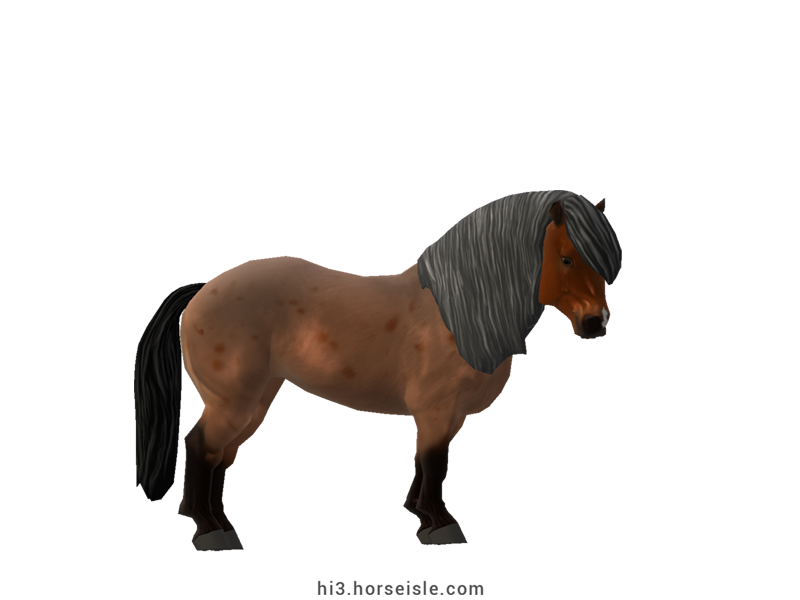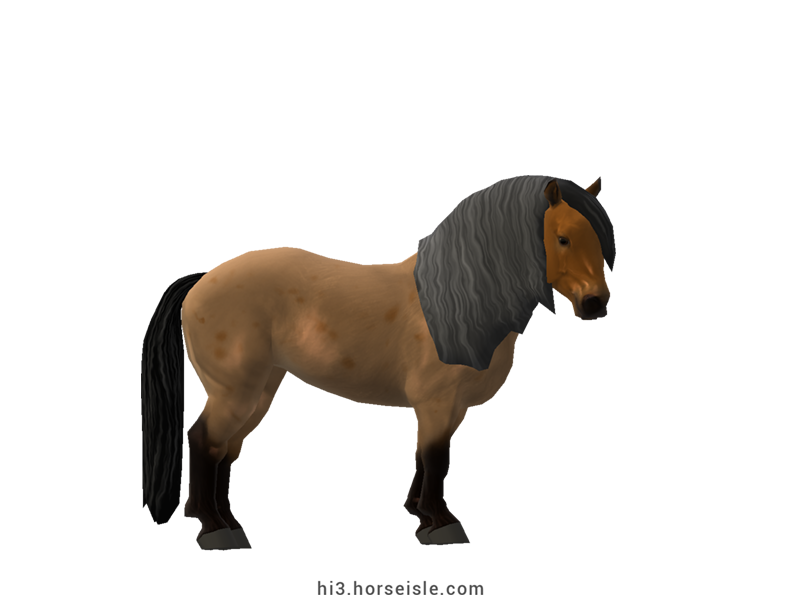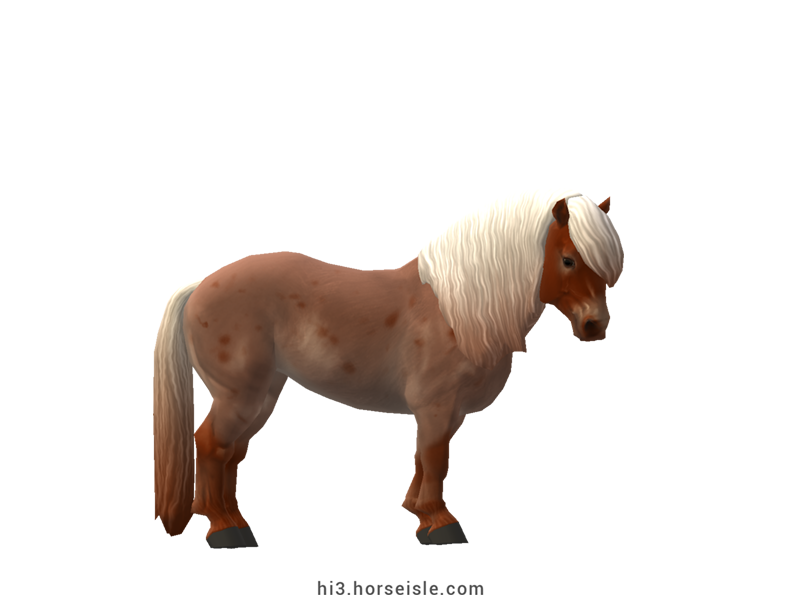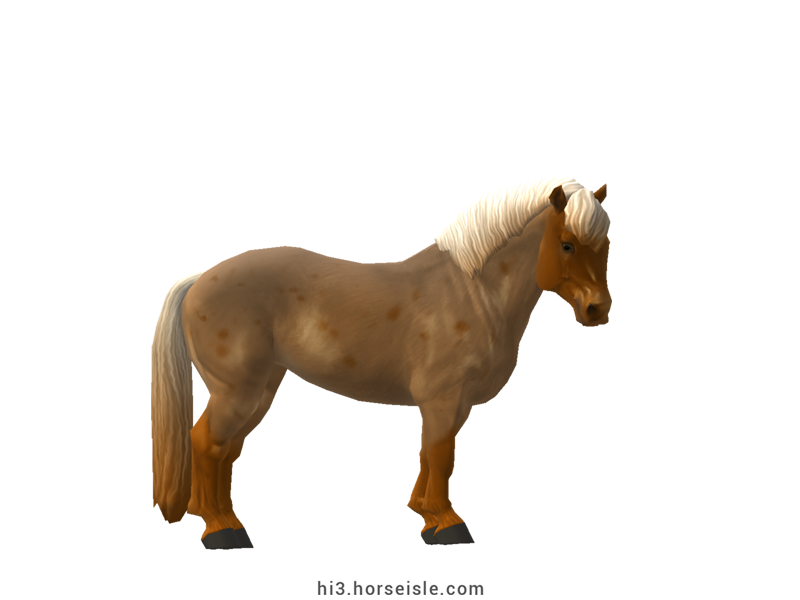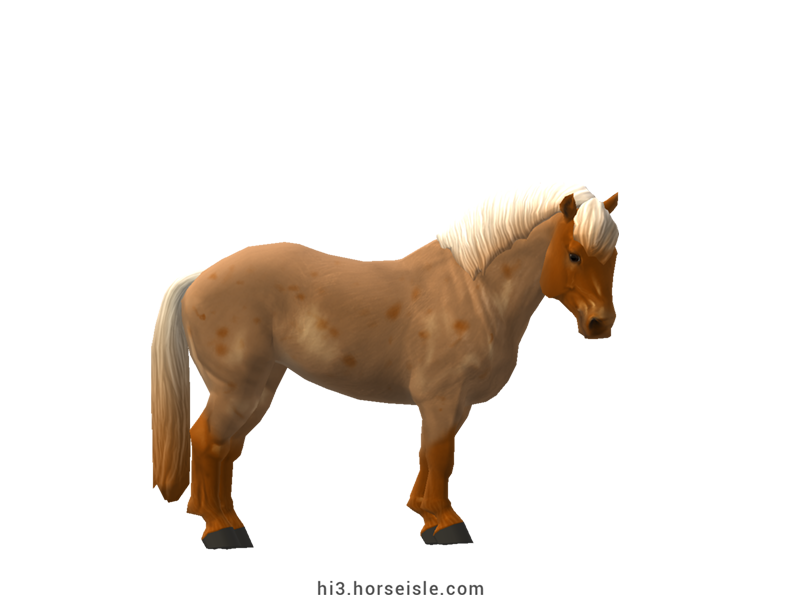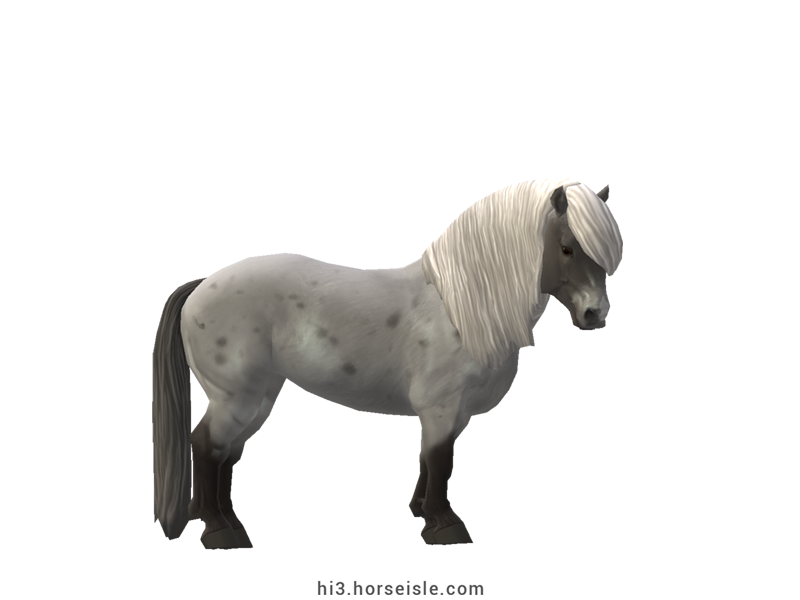Our Massive Real World Equine Reference!
[ INDEX ] Equine Type: Horse Breed: Pfalz-Ardenner [ PREV ] [ NEXT ]
Heavy drafts in the 20th century?
Heavy Draft horses are extremely rare today, but back at the beginning of the 20th century, they were vital for everyday life. Agriculture in particular relied on those gigantic horses to pull heavy carts and large machinery, and indeed heavy drafts roamed Europe in their millions.
However, Europe is a large continent, and one breed that performed well in one region sometimes performed poorly in another. That led breeders during both the 19th century and early 20th century to constantly cross and mix heavy drafts of various breeds to try and create the ultimate heavy draft for their region.
The birth of the Pfalz-Ardenner:
The state of Rhineland-Palatinate in Germany was no different, and farmers needed a horse who is better suited for the local climate and local soil.
During the beginning of the 20th century, those farmers imported heavy drafts from nearby countries, such as Comtois and Ardennais horses from France, and Belgian Heavy Drafts from Belgium. They crossed those foreign breeds with the local heavy draft breeds of Rhenish Coldblood and Bavarian Coldblood. The result was the Pfalz-Ardenner.
From a draft horse to a draft-riding horse:
Although the Pfalz-Ardenner was a successful work horse in Rhineland-Palatinate, it was no match to mechanized farm machinery. When agriculture got fully mechanized during the 1960s, the Pfalz-Ardenner became fully redundant. Its numbers plummeted just like the numbers of all other European heavy draft breeds, and the breed faced extinction.
It was a shift in the breeding goal of the Pfalz-Ardenner that saved it from extinction. Instead of breeding it solely for its working ability, breeders began to focus on this horse's relative athleticism while preserving its heavy conformation. The result was a somewhat athletic draft horse.
The Pfalz-Ardenner today:
Today, Pfalz-Ardenners exist in small numbers in Rhineland-Palatinate, Germany, where they are used for recreational driving and recreational riding, including for recreational dressage.
Breeding:
The studbook of the Pfalz-Ardenner permits crossing Pfalz-Ardenners with other heavy draft breeds out of a limited list of approved breeds. However, the studbook also specifies that one of the parents must always be a Pfalz-Ardenner. Therefore, in Horse Isle, Pfalz-Ardenners have a closed studbook.
Conformation:
The Pfalz-Ardenner has a small yet broad head with a straight profile and small ears, a short and muscular neck which is arched in shape, low withers, a short and deeply curved back, a sloping and muscular croup, and short, thick legs. The body is broad and the chest is large.
The mane and tail are medium or long in length and can be either coarse or wavy. The legs have light or medium feathering behind the fetlocks and cannons.
Performance metrics:
The following are the: range, average, (SD), and MOE of performance metrics of ordered Pfalz-Ardenners in Horse Isle (not bred ones). In rare cases,
Speed: 12.7-13.9, 13.3 (0.3), 0.06.
Sprint: 26-39, 32 (3), 0.6.
Accel: 0.71-0.88, 0.82 (0.04), 0.01.
Decel: 0.88-1.01, 0.96 (0.03), 0.01.
Jump: 4.37-4.68, 4.51 (0.06), 0.01.
Pull: 3.16-3.77, 3.49 (0.14), 0.03.
Turning: 45.84-57.26, 51.59 (2.58), 0.51.
Reverse: 2.2-2.7, 2.5 (0.1), 0.02.
Stamina: 57.93-62.44, 59.89 (0.88), 0.17.
Reaction: 0.84-0.92, 0.88 (0.02), 0.00.
Coats & Height:
Colors: bay, black, brown, chestnut, and grey.
Additionals: flaxen and roan are both common. Mealy and sooty occur as well. The coat is always solid, and while white markings are common on the face they are extremely rare on the legs.
Height: 15hh to 15.3hh.
[ INDEX ] [ PREV ] [ NEXT ]

